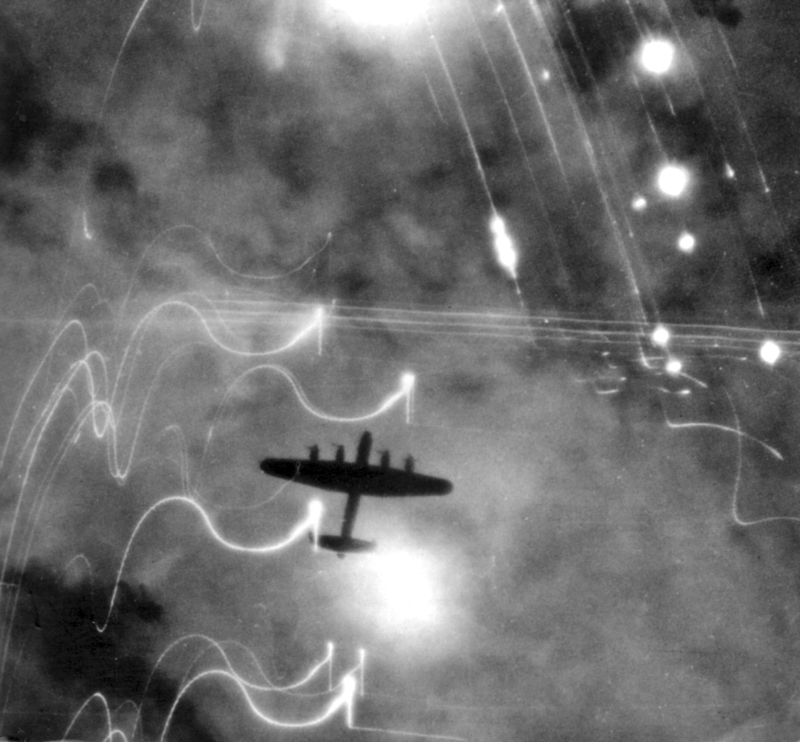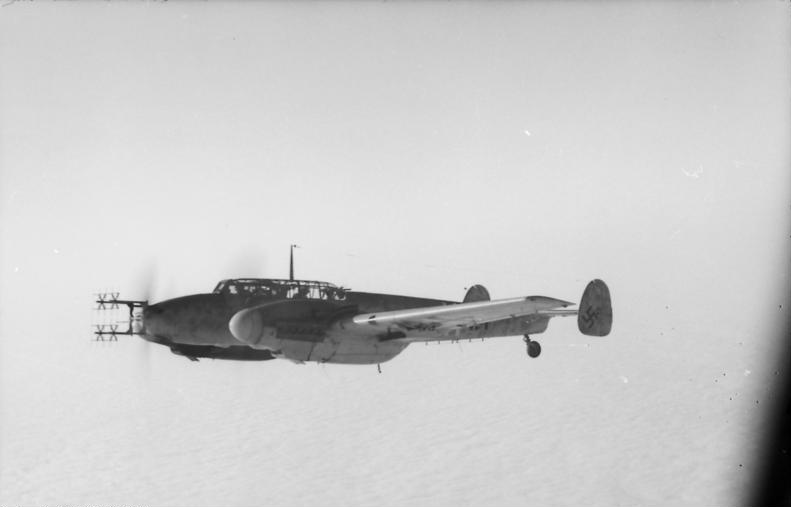If Bomber Command was to prevail in the Battle of Berlin, two crucial questions needed to be addressed. Could it effectively designate the target, focus the bombing effort, and, secondly, could it keep the Luftwaffe at bay and maintain a loss rate of less than 5%?
RAF Bomber Command chief Arthur Harris had long believed that if enough of his heavy bombers could be used on Nazi Germany’s cities, they could compel the country to surrender. He took the final opportunity to support his theory in late 1943. Hitler’s capital would be the target.
The Battle of Berlin was a grueling, hopeless struggle that took place over a harsh winter. Over the course of 16 significant attacks, night fighters from Bomber Command and the Luftwaffe attempted to outmaneuver one another.

If Bomber Command was to succeed in the Battle of Berlin, two crucial concerns needed to be addressed, according to Richard Worrall’s account in his book Battle of Berlin 1943–1944. Could it effectively designate the target, focus the bombing effort, and, secondly, could it keep the Luftwaffe at bay while maintaining a loss rate of less than 5%? In an effort to address the problem of bombing navigation and precision, which had plagued bomber operations since 1939, the PFF was established in the middle of 1942.
But there were also devices that had helped Bomber Command become more accurate. The first was Oboe, which high-flying Mosquitos employed. It was the most precise method of blind bombing yet created, but it had geographical limitations and was unable to reach Berlin due to the curvature of the earth. The H2S ground-echoing radar, the second technological device, was carried by aircraft. Because of the stark difference between land and sea, H2S was effective over small cities and against ports, such as Hamburg, but it became more problematic the farther inland it went. Over built-up regions, it grew hazy and difficult to decipher.
After the experience over Hamburg, there were high expectations for H2S over Berlin in August 1943, but Berlin was simply too large and filled the H2S screen, making any distinction impossible. However, given that Berlin was outside of the reach of either Oboe’s electronic navigation and bombing system or Gee’s radio navigation system, which was becoming increasingly vulnerable to German jamming, Harris had little choice but to continue trying to make H2S work. As a result, during the Battle of Berlin, which put a lot of demand on this technology, “blind marking” on H2S was considered the best approach to designate targets.
Additionally, the new H2S Mk III definition of Berlin—which Harris had excitedly anticipated before resuming the onslaught against the German capital—proved to be just marginally more accurate than the previous Mk II set. The alternative was to mark the target using the Newhaven technique, which involved laying a lot of flares to make it possible to see the aiming point. However, this method required good visibility for both the Pathfinders and the Main Force, and such conditions were infrequent over Berlin in the fall and winter.

The Battle of Berlin turned out to be an electronic battle between Bomber Command and the Luftwaffe in terms of the second issue, which was to neutralize the Luftwaffe. Throughout 1943, the British achieved great advancements in RCM in particular, and during the Battle of Berlin, these varied strategies would be used to take on the German defenses. The British electronic device known as Tinsel was still in use to jam German High-Frequency Radio Transmitters (HF/RT), as well as the older countermeasures of airborne and ground-based Mandrel to jam the frequencies of Freya, a ground-based early warning radar. Above all, Window was dropped by the entire bomber force and had evolved into the primary deterrent to enemy radar.
Since its introduction in July 1943, the employment of Window as a decoy has rapidly increased, and significant raids are typically preceded by one or more decoy strikes by Mosquitos. An eighth crew member, a German speaker, who listened to enemy radio instructions to the night fighters and jammed their frequency using a VHF transmitter, operated Airborne Cigar (ABC) in which Lancasters were fitted with jamming equipment. ABC Lancasters would fly throughout the bomber stream and would represent a continual problem for the Luftwaffe.
Similar actions were taken by Ground Cigar to jam VHF/RT. Then there was Corona when a German-speaking operator from a radio station in Kent transmitted fictitious instructions, including the direction to land due to fog, in an effort to obstruct the running commentary of night fighters.
Throughout the Berlin campaign, both of these RCMs would be employed after their introduction in October. Dartboard and Drumstick, two new measures, would be implemented in December 1943 and January 1944, respectively. The first was to jam Stuttgart’s high-powered transmitter, which the Germans used to transmit a running commentary when Corona jammed their original transmitters. When RT communication was jammed, the enemy controllers would turn to wireless broadcasts as a backup plan.

The 141 Squadron of the 100 Group created a weapon dubbed Serrate that focused on the electronic emissions from German night aircraft employing the Lichtenstein radar equipment in order to chase night fighters more aggressively. These so-called Intruder operations first took place on Dec. 16-17, 1943, and would do much to erode the German night fighters, particularly among the elite Nachtjagdgeschwader 1 (NIG-1) that was based in the Low Countries. Other tools, including Mandrel, which was used to interfere with the German early-warning radar, would also be deployed by 100 Group. The British had to create such technological tools to fend off the Luftwaffe’s rising assertiveness.
But it wasn’t all good news for the British in their “electronics war” with the Germans. Evidence mounted that the more devices British bombers carried, the more like “beacons” they were to the Germans, who had learned to focus on H2S emissions and locate the bomber stream behind the window screen. Other devices like Monica (a warning device for an aircraft approaching the bomber from behind and below) and Fishpond (a fighter warning radar added on to H2S) might also be damaged in the same way by night fighters.
Battle of Berlin 1943-44 is published by Osprey Publishing and is available to order here.
Photo by Piotr Forkasiewicz (www.peterfor.com) Crown Copyright and German Federal Archive

